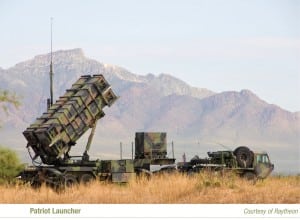
The Patriot Weapon System is seeing a resurgence in procurement and production and the system that was first fielded to U.S. forces in the 1980s is seeing modernization take a prominent prominent role, focused on efficiency and cost, a Raytheon [RTN] official said. “The modernization is a continuation of taking what’s the best and making it better,” said Tim Glaeser, vice president Integrated Air and Missile Defense Patriot Programs, Raytheon Integrated Defense Systems. It’s an iterative ongoing process since the…










